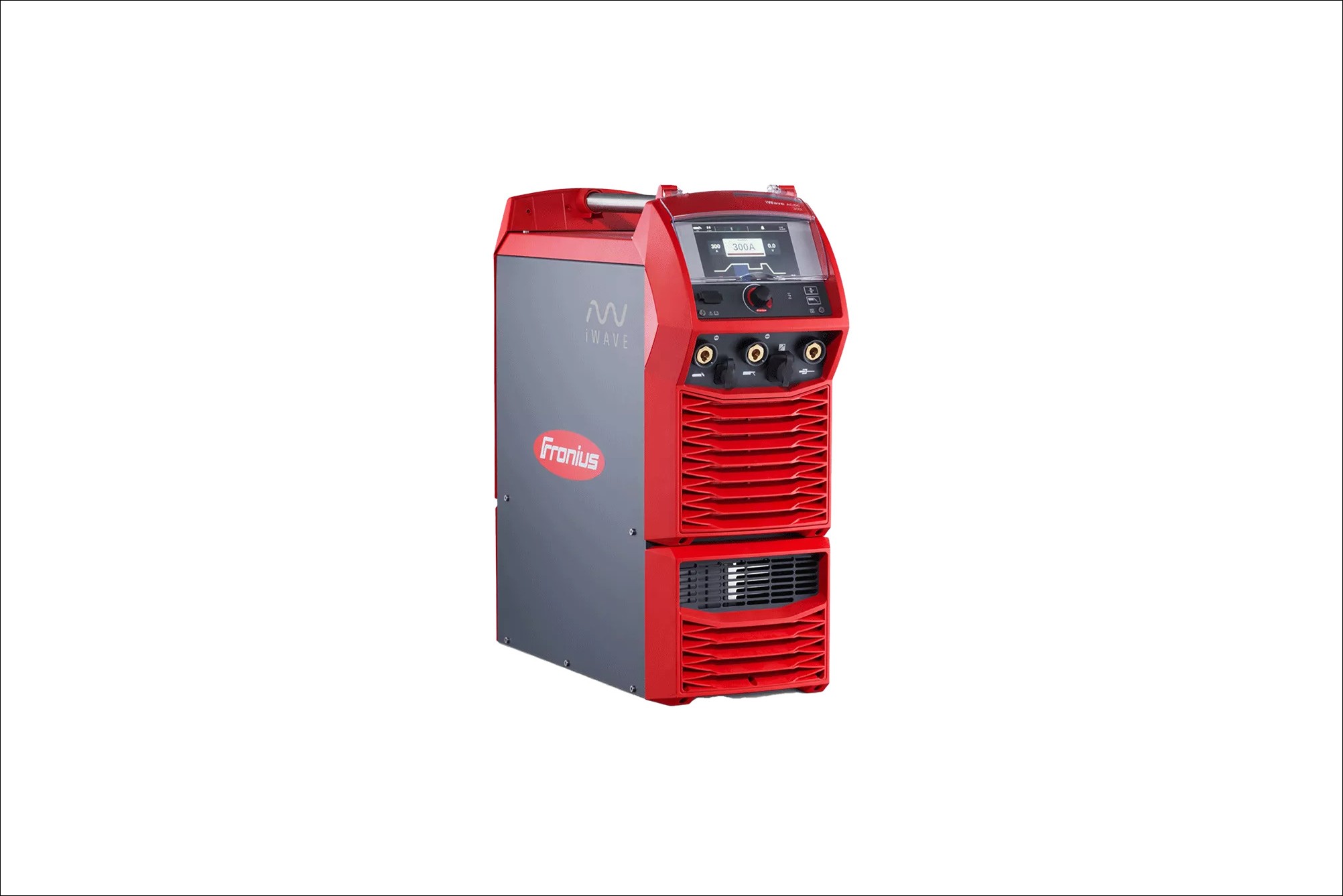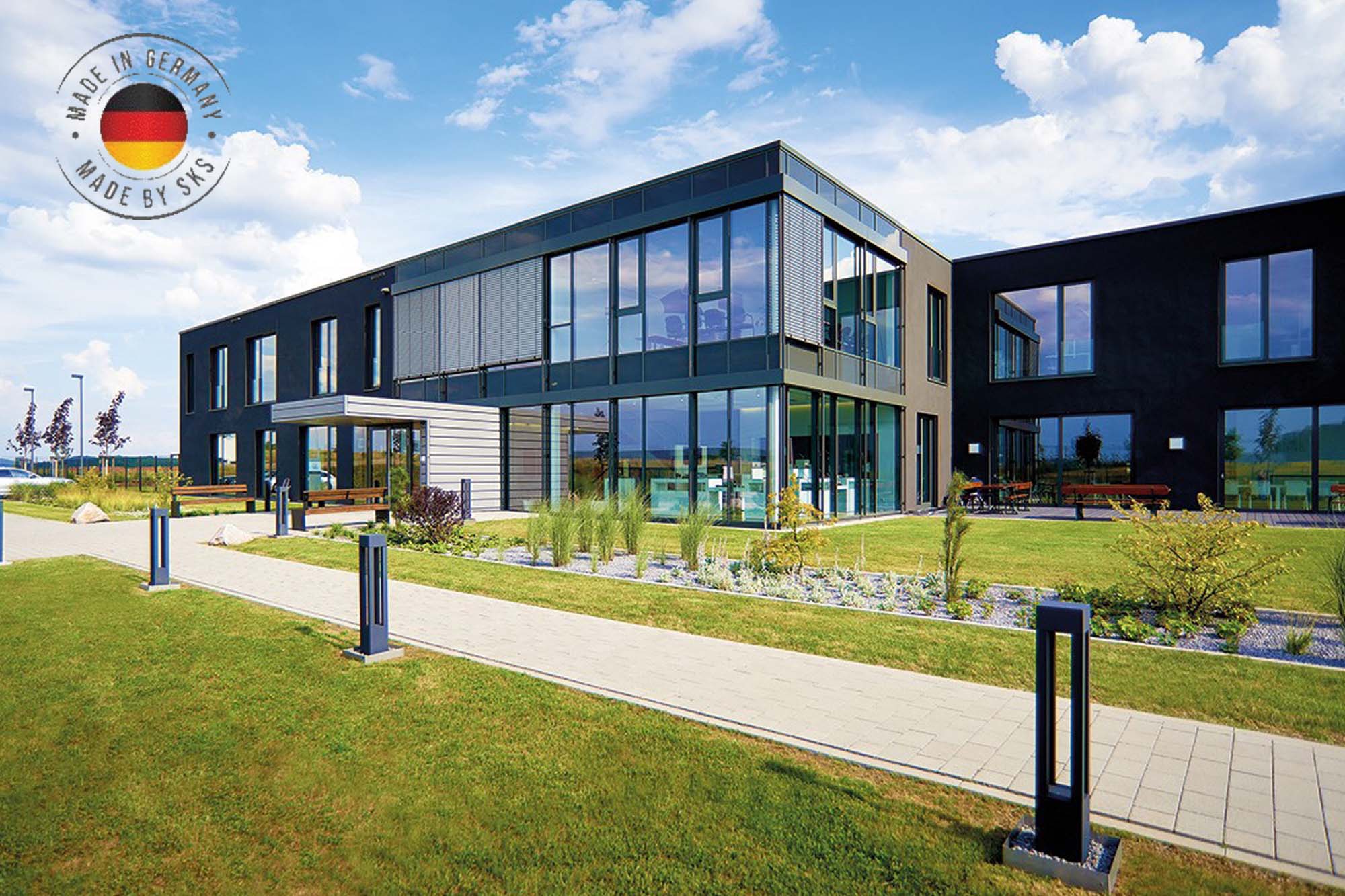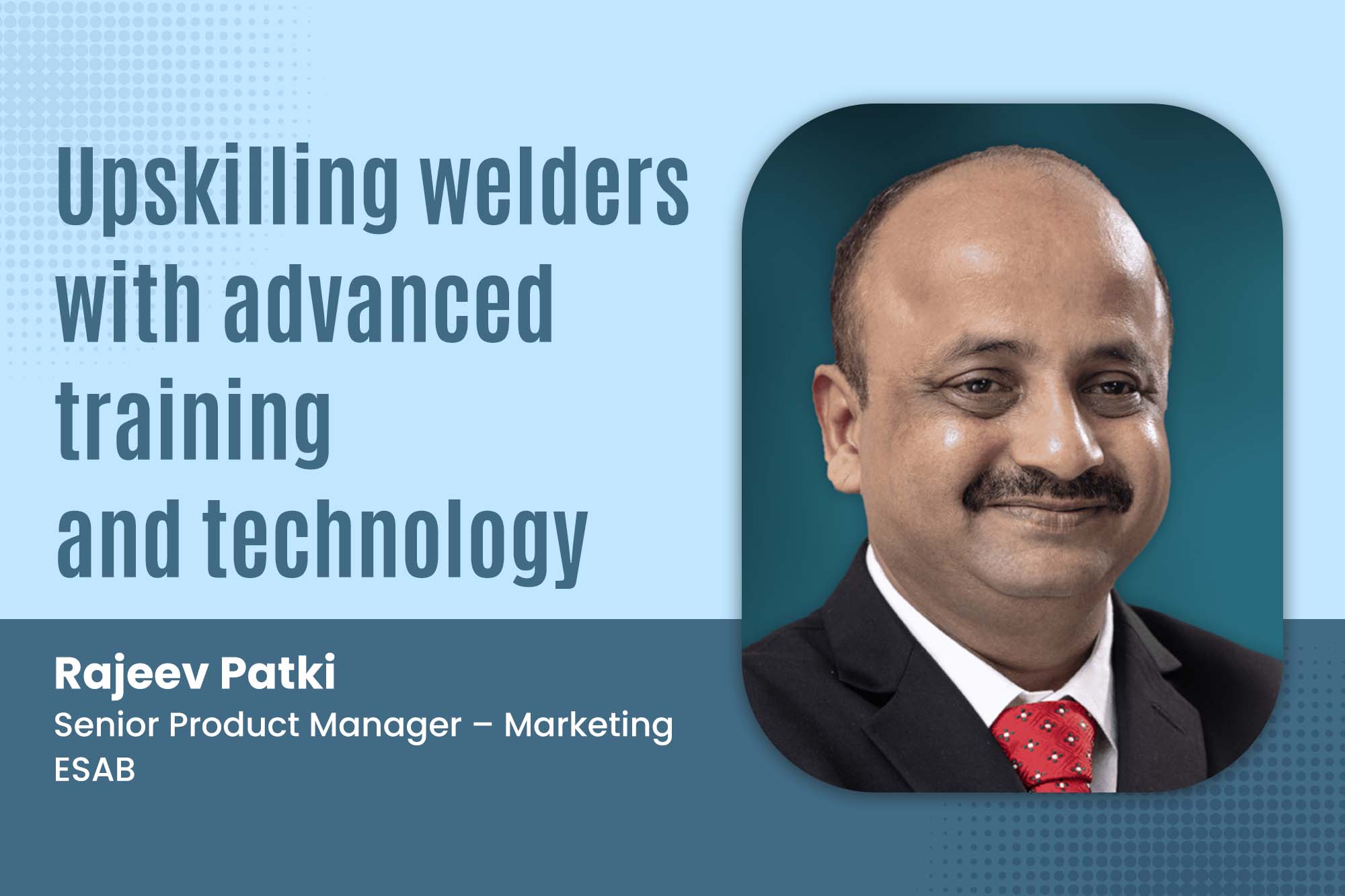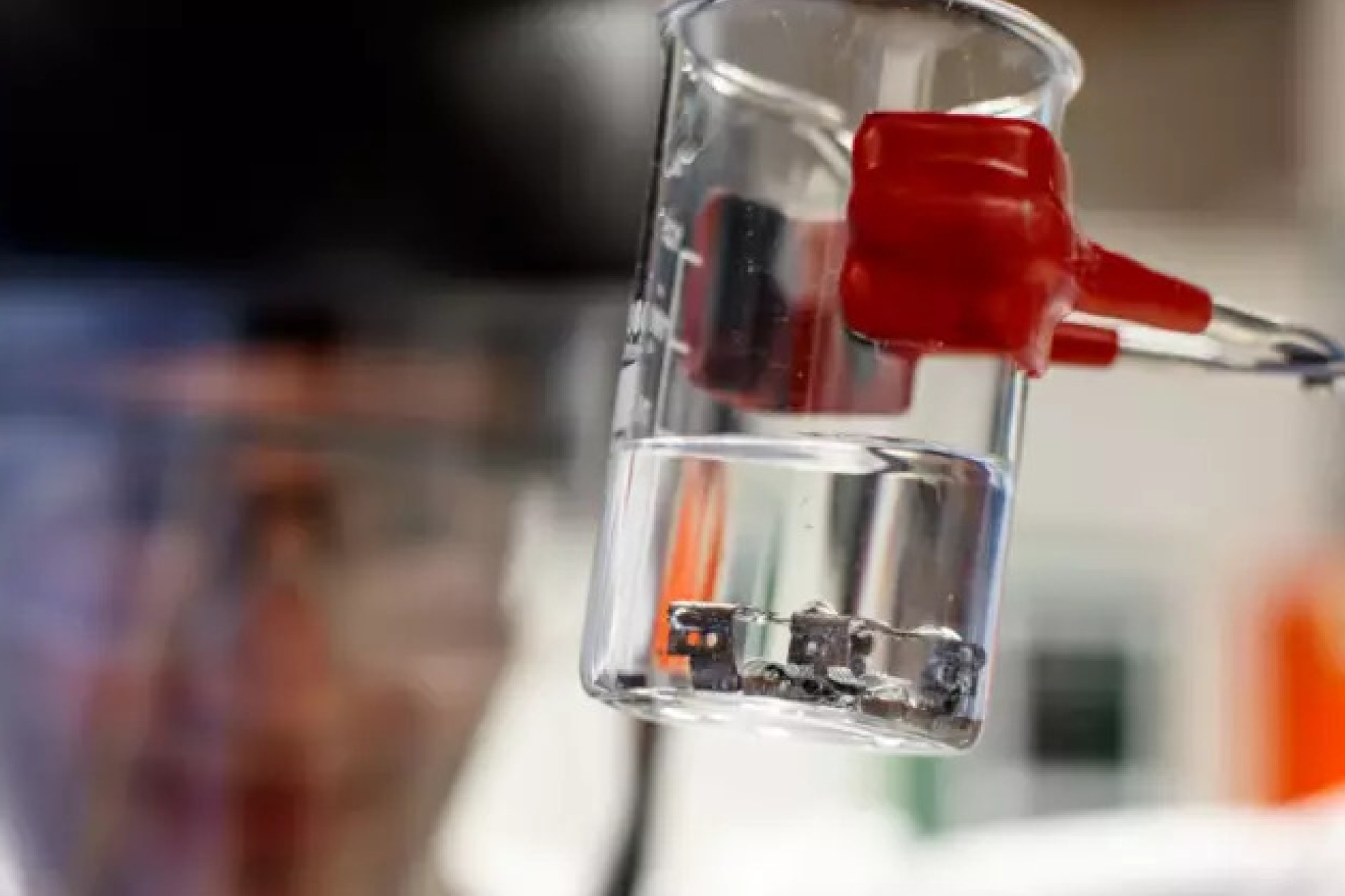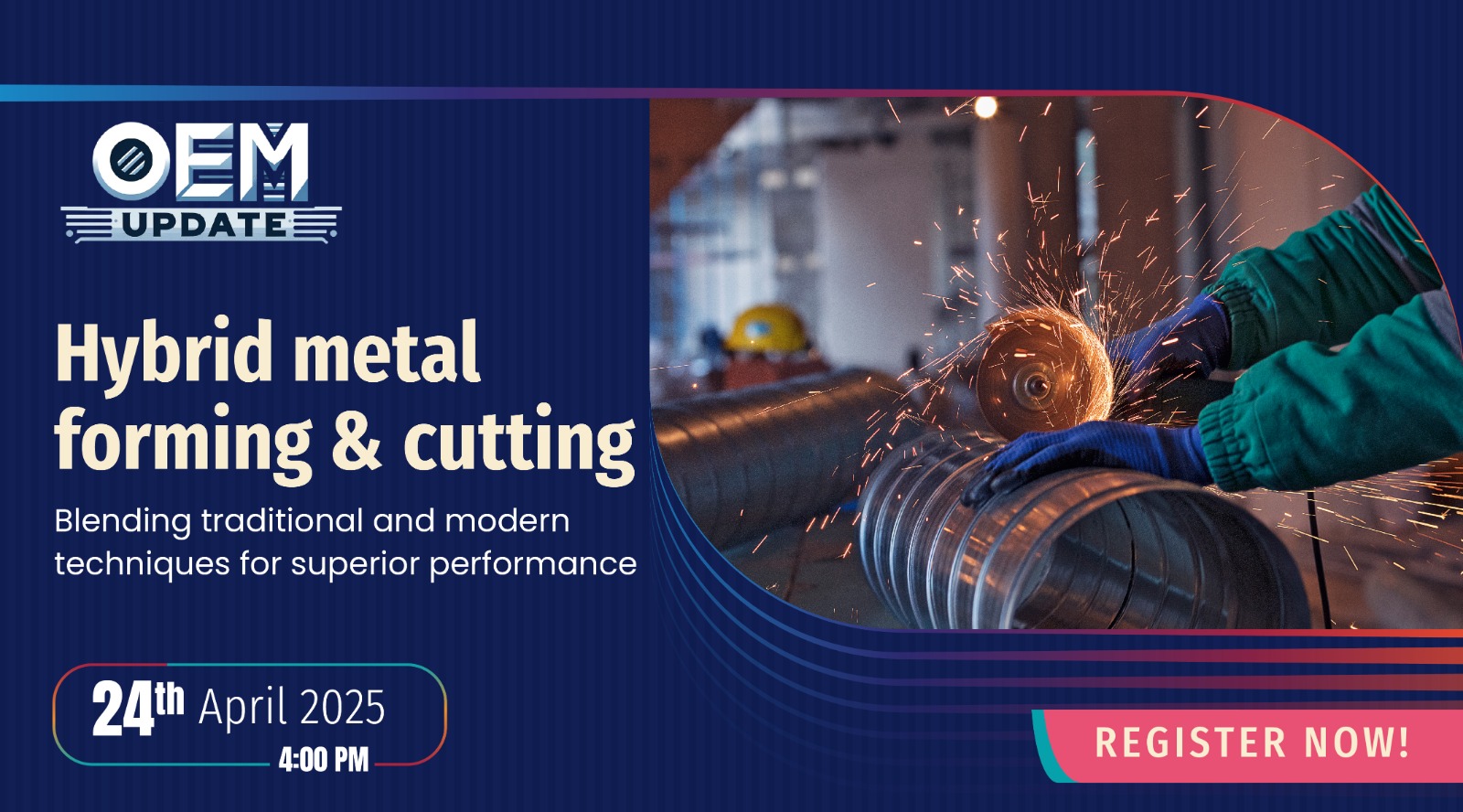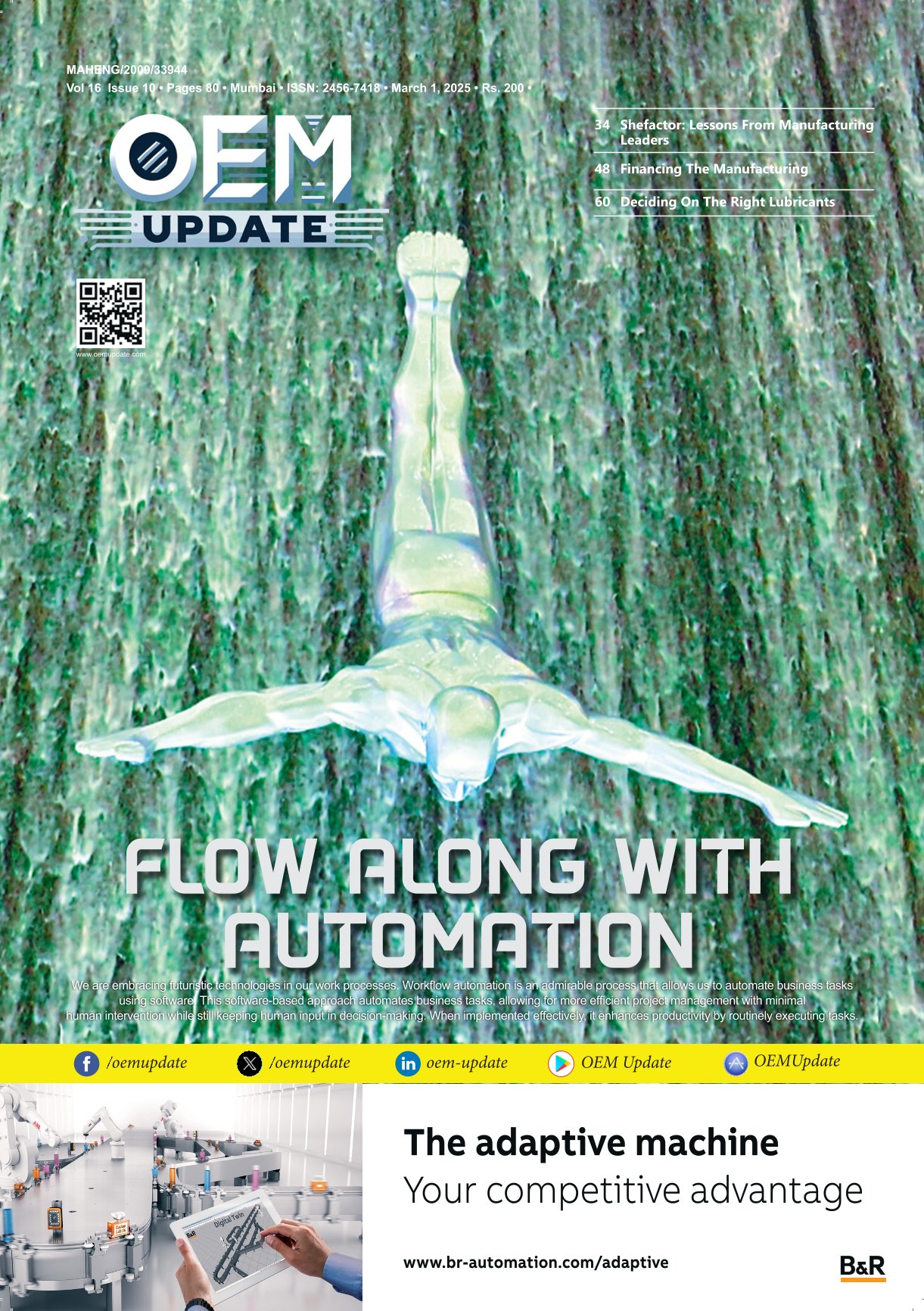Understanding welding defects in structural integrity and fatigue resistance
By Staff Report September 10, 2024 11:35 am IST
Welding defects affect the quality and integrity of welded joints. Comprehending these defects’ causes, types and consequences are crucial for every welding specialist.
Classification and Welding Standards
According to the PN-EN ISO 6520-1 standard, welding defects are classified into six groups:
- Group 1: Cracks
- Group 2: Cavities
- Group 3: Solid Inclusions
- Group 4: Adherence and Lack of Fusion
- Group 5: Incorrect Shape and Dimensions
- Group 6: Other Welding Defects
The assessment of weld joint quality, as per the PN-EN ISO 5817 standard, involves assigning the joint to one of three quality levels, depending on the detected welding defects:
- Level B – Strict Requirements
- Level C – Moderate Requirements
- Level D – Tolerant Requirements
Assessing the joint’s quality against the specific product requirements allows deciding whether to accept it or proceed with repairs. Any deviation from proper welding technology and technique can lead to errors in welded joints, resulting in reduced structure strength and service life.
Impact of welding defects
The strength and durability of welded structures depend on various factors, including the type of structure, the design of the joint, and its rigidity. The type, size, shape, and location of welding defects also play a role. The properties of the base and filler materials, any heat or mechanical treatment applied (such as stress relieving), the operating temperature of the structure, and the type and level of external loads all contribute to the overall integrity of the welded structure.
Significant cross-sectional losses due to unacceptable welding defects can cause failures in structures subjected to constant loads. Every welded joint acts as a geometric notch exacerbated by external and internal defects. In many cases, these defects initiate fatigue cracks, leading to the loss of structural load-carrying capacity.
Role of defects in weakening welded joints
The strength of joints with defects depends on the cross-sectional loss and the mechanical properties of the filler materials. Each welding defect, such as porosity, slag inclusions, lack of fusion, or undercut, reduces the cross-section of the joint. A cross-sectional reduction of more than 10-15% leads to a decrease in the strength of the butt joint, potentially causing a rupture in the weld. Cracks have a particularly negative effect on the fatigue strength of joints and are considered the most dangerous welding defects, especially if they occur on the joint’s surface. Stress concentrations caused by cracks are always higher than those of other defects, making them unacceptable, and structures with such defects cannot be approved for use.
Slag, porosity, and lack of fusionSlag and porosity at the weld surface significantly (up to 35%) reduce its strength compared to defects within the weld thickness. Lack of fusion can occur as an internal and surface defect. In single-sided welds, where lack of fusion is a surface defect, the reduction in fatigue strength is more pronounced, as confirmed by fracture mechanics studies.
Similarly, adherence can significantly trigger fatigue cracks due to a sharper notch, which is a narrower gap, compared to a lack of fusion.
Undercut and reinforcement
Undercut also reduces fatigue strength, with the degree of reduction depending on its depth:
- An undercut of 0.5 mm depth causes a 30% reduction in fatigue strength
- An undercut of 0.9 mm depth – a 50% reduction
Compared to welds with normal reinforcement and no undercuts, the reduction in strength can be significant.
The weld reinforcement also affects the joint’s lifespan. Reinforcement with a tangential angle θ=150° reduces the lifespan to about 70% compared to a joint with mechanically treated reinforcement. Surface and shape defects in the joint act as notches, concentrating stresses of varying sharpness, which can further impact the structure’s durability.
Welding defects, such as cracks, slag, porosity, lack of fusion, undercuts, and reinforcement, impact the strength and durability of welded joints. Even minor defects can lead to serious issues in structures subjected to loads. Therefore, quality control of welded joints and elimination of all defects ensure the safety and longevity of welded structures.
Source: G-Tech Engineering
Cookie Consent
We use cookies to personalize your experience. By continuing to visit this website you agree to our Terms & Conditions, Privacy Policy and Cookie Policy.





